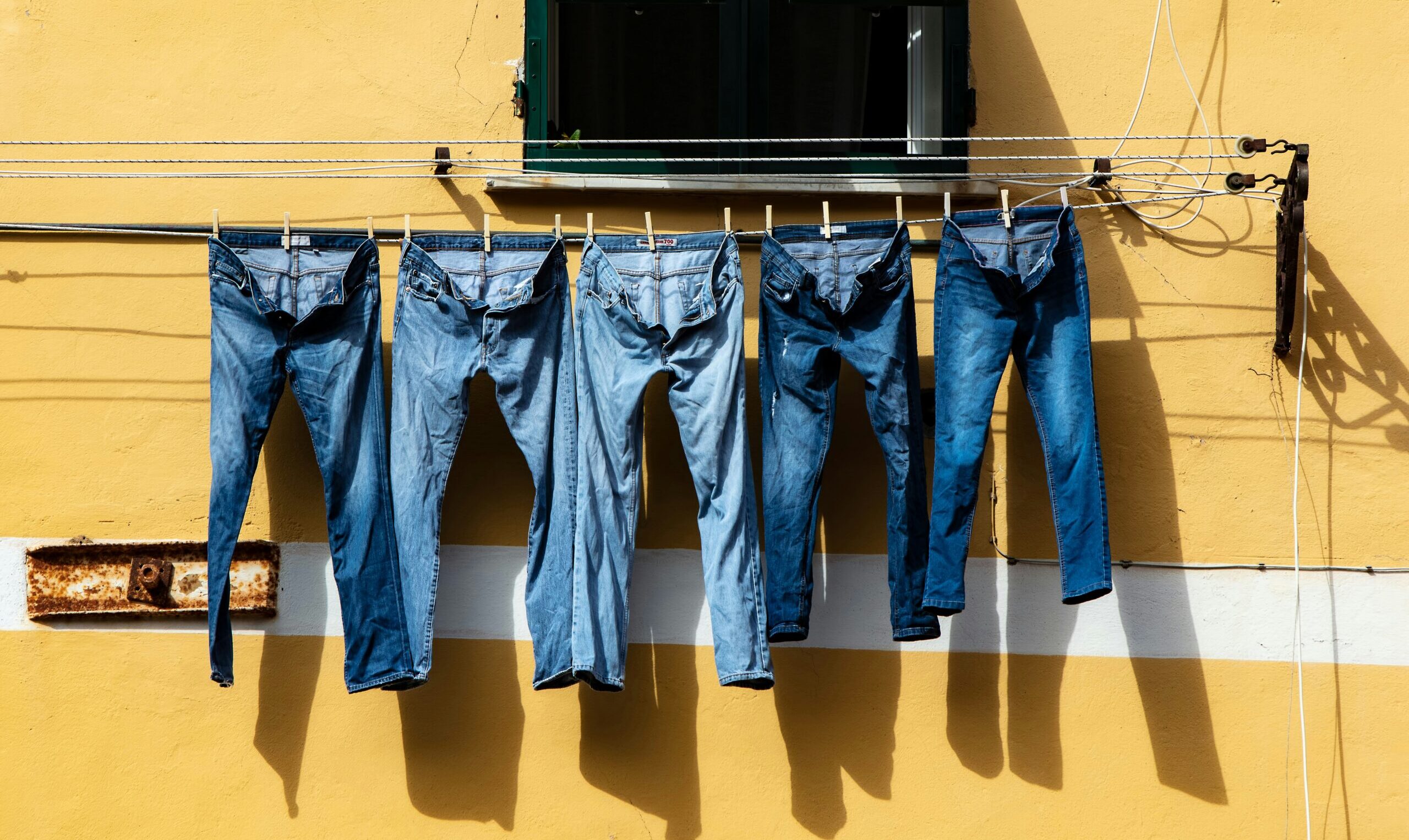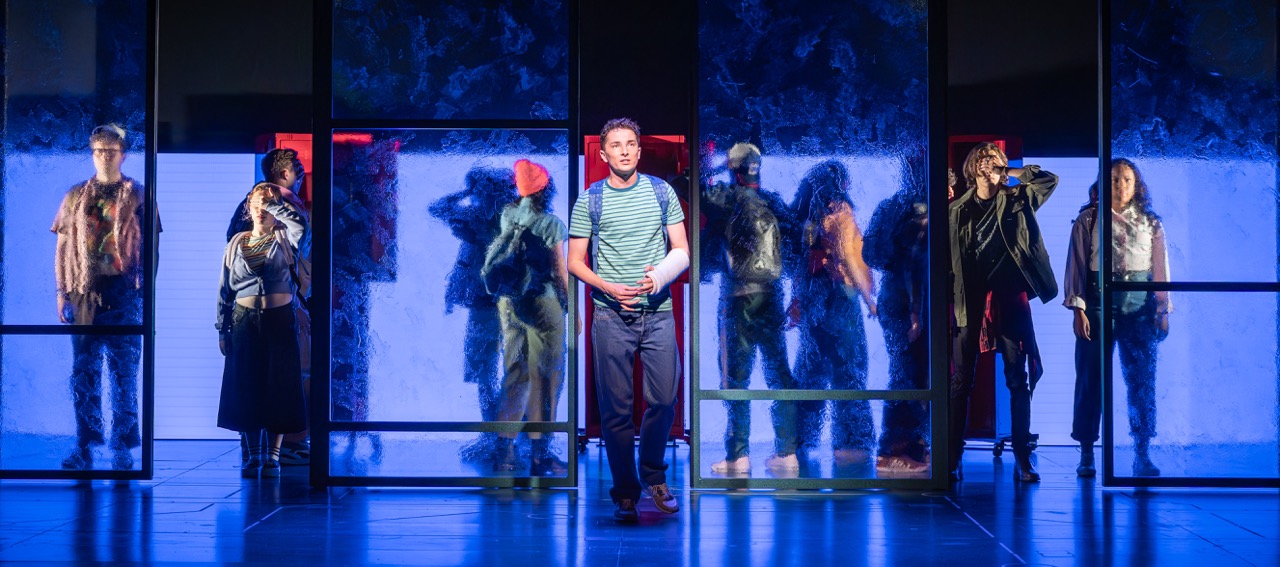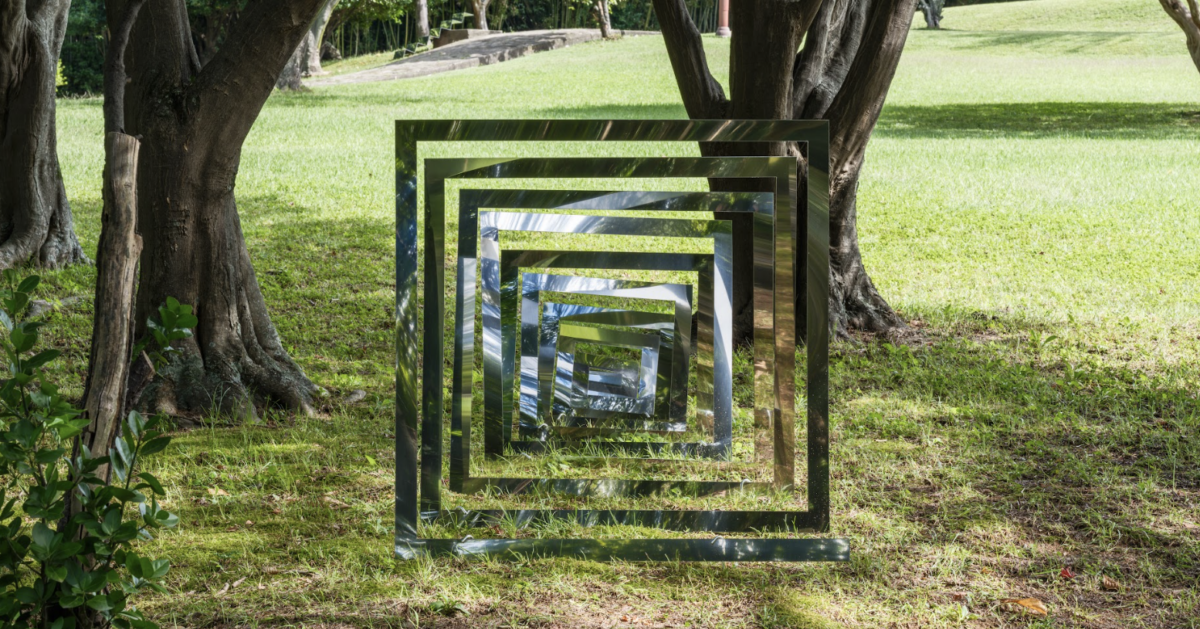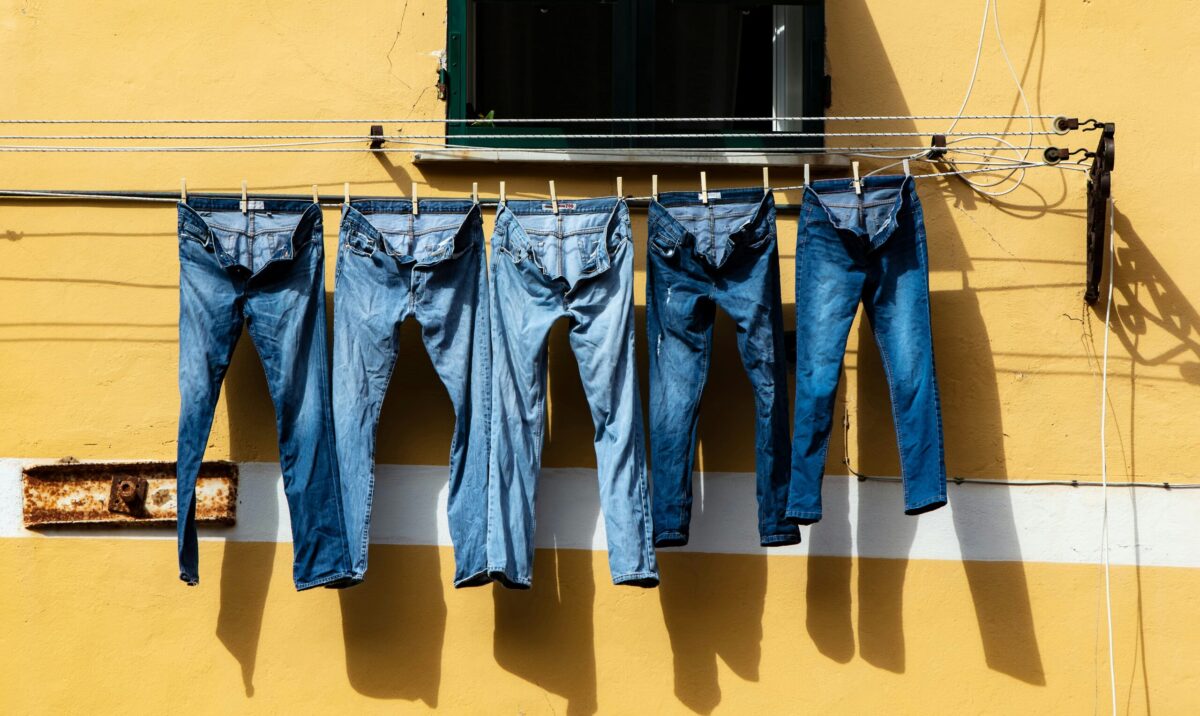The private joke going around Samal Island is that it is home to the biggest brothel in town, with Norma Monfort as its unlikely mama san.
“Unlikely” because Monfort, 68, comes across as your typical conservative aunt: well-groomed and perfumed, but with hair pulled back in a no-nonsense tight bun.
Like most brothels, this one on Samal island located some 900 meters east of Davao City is dark, secretive and pungent with fertile goings on. And it comes to raucous life every evening, with the males making a lot of noise while the females groom themselves endlessly.
But surprise! The brothel that Monfort runs is actually a 300-meter long underground cave that’s home to 1.8 million Rousette fruit bats, the biggest colony so far, declares the Guinness World Record in a tarpaulin proudly waving over the Monfort property now also known as the Bat Sanctuary.
These are her wards, Monfort says with a laugh, for whom she does not mind being called Bat Mama. She inherited the property in 2001, although the caves, as far as she knows, have been there since the Second World War. The family had evacuated to Samal during the war and would scurry to take shelter inside this particular cave whenever they heard warplanes circling overhead.
At the time, there were only a few bats housed in the cave. “I believe it was only later in the 1950s that the bat population started to grow,” Monfort recalls. “I don’t know why they chose to inhabit this cave when Samal Island has more than 70 caves where they can roost.”
But, she surmises, “the other caves must have been disturbed due to the collection of guano-bat droppings valued as fertilizer-and because some people who couldn’t afford decent food hunted the bats for their protein supply.”
Being Bat Mama to almost two million winged creatures isn’t a job she chose, says this Music graduate from St. Scholastica’s College. The bats chose her, she adds. Or rather, they chose the cave where they roost and flourish to the amazement of visiting scientists. Two of them from the Tokyo University were shocked at finding that instead of getting sick and dying inside the cramped space, the bats continue to be healthy and are surprisingly fecund. Says Monfort: “They were surprised that the bats constantly and meticulously groom themselves, a top indicator of the bats’ good health.”
Monfort, also known as Norma or Nomi, often walks her guests, including graduate students, around the sanctuary. Today, Amber and Lindsey, two American Environmental Science graduate students are thrilled to be closely observing the grooming, sleeping and mating habits of these mammals. Excited at seeing every crevice of the cave covered with bats and at hearing their audible bat calls, they express surprise as well at how this massive population of nocturnal animals do not smell of piss, which their upside down roosting position makes inevitable. That is, until a gentle breeze blows and the odor of phosphorus and nitrogen-rich guano punches one’s nostrils like a strong hit of wasabi.
The brothel comparison continues: At 6:15 every night, Monfort reveals, a circadian wave of bats fly out of the cave, with a force similar to a hurricane that lasts up to two hours. Sometimes, the male bats make a lot of noise when they return,” she adds. “They’re my drunken bats as they’ve probably sipped too much tuba (palm wine) found in coconut trees.” It’s not a totally useless carousing, she laughs. As the bats forage in the evening for fruits, they pollinate the forests, including the beloved but stinky night-blooming durian. The result is a rich harvest of the spiky fruit.
Taking care of the flourishing bat population is something that this accidental animal activist takes to heart. She has learned to say “No!” to outsiders seeking to enter the cave, she says. She recalls how, during the filming of the “Extra Challenge” TV show in Samal Island in 2005, a lot of the pups fell to their death because the contestants were going in and out of the cave in search of the clues they needed to win the challenges. Explains Monfort: “The bats were startled and were flying like crazy.”
Since then, Bat Mama has vowed to protect her brood. “Today, this remains my policy with TV networks and even with visiting scientists. Because there never seems to be a safe time to enter the cave. The bats inside the cave are unusually prolific. They give birth all year round. They even mate when they are lactating and pregnant. So the cave has remained untouched since 2005.”
Determined to properly care for her wards, Monfort contacted Bat Conservation International (BCI) in Texas. The founder and president, Dr. Merlin Tuttle came to visit. The tireless Bat Mama then convened a workshop for local government and NGO representatives and got them to sign a memorandum of understanding to work together in conserving the bat cave. She also organizes Mama Bat clubs among the barangay council of women and offers them livelihood workshops.
Despite her experience with the bats, Monfort is keen to learn more about them and willingly shares her property with academics interested in studying the nocturnal creatures. She explains, “There is very little research about bats. But we’re fortunate that the Monfort cave is so accessible and its configuration allows us to study the bats conveniently.”
Bats are crucial to the environment, she says. “Today one major problem we all face is climate change. If we continue to lose our declining bat population due to ignorance and the needless disturbance of bat caves and their roosting places, who will be the agents of reforestation? Bats are the only mammals who can fly long distances, allowing them to carry seeds that give rise to trees, which later attract other species of birds to bring more seeds and so on. This allows the cycle of reforestation to begin.”
Monfort says bats are often misunderstood because of their nocturnal nature, with some horror movies portraying them as blood-suckers in league with vampires. “But bats are gentle creatures and our true allies.” Bat Mama explains. “While we sleep at night, rain or shine, bats forage for food and perform their service to humanity by pollinating fruits, dispersing seeds and controlling the insect population.”
These creatures, she adds, “are actually symbols of birth and rebirth in ancient spirituality. They are here to guide us thru the darkness of confusion. They navigate in the dark and do not ever get confused. Because of their upside down position, they also remind us to let go of the past. And because they are the ONLY mammals aside from humans that nurse their young, they are also a symbol of motherhood in the animal kingdom.”
Her one goal for putting up the bat sanctuary, Monfort says, is for people to become more aware of these “angels of the night” and to “CPR” them. “My current campaign is called BATtle Cry: CPR Bats! (Conserve, Protect, Respect) Conserve our resources, protect our only home, our planet and biodiversity, and respect all life, starting with our own.”
Monfort’s efforts have not gone unnoticed. Late last year, she was named 2011 Disney Worldwide Fund Conservation Hero. The award honors people who often risk their personal safety, work tirelessly to save animals and protect their habitat, and educate people in surrounding communities about them. It is focused on the study and protection of the world’s wildlife and ecosystems that involve communities and address human needs.
With the award affirming she is on the right direction, Monfort plans to create a chiptorium, a man-made cave that allows visitors to view the bats interactively while enclosing the sanctuary for the bats’ protection.
While the award is heartening, Bat Mama says the best affirmation of her good work comes from the nocturnal mammals themselves. “The bats know I truly care for them. Even insectivore bats are now coming and roosting in unusual places in the park. And they are constantly mating.”
The bat project, which she has been working on since 2004 and calls the Monfort Eco Tourism Estate, A Legacy of Peace for the Children of the World, is also her legacy to her own children who fully support the project.
“All three are educators based abroad and are proud of what I do even if there is no real money in it,” she says. “Because I work pro bono, my grown-up kids-two from my first marriage and one from my second-have to fend for themselves. But spiritually, my bankbook is fat,” she laughs.
The lack of material rewards does not faze her, says Monfort. After all, nothing came easy to her, even the land she has inherited and converted to a bat sanctuary. “I say today I did not inherit (this land),” she says. “I earned the right to become its steward. I had to fight for it despite CARP, squatters. etc. Against all odds, I survived and brought the park from point A to D. Whatever I’ve accomplished I owe to the power of the mind and of course, my enthusiasm, my love for life and that unstoppable force called passion.”
Monfort, the legally adopted (“and resented,” she adds) child of a Davao quarantine officer and a full-time homemaker, works as secretary to the Secretary of the Philippine Bat Conservation Inc. It might explain why she signs her e-mails with a breezy “Bat hug, Norma.”
No, she’s not being batty; just living up to her adopted profession. •
For more golden delicious moments in food and travel, follow her on Twitter@themaidastouch, read Maida’s blog, www.themaidastouch.blogspot.com or e-mail her at maida@maidastouch.com. Maida Pineda is also the author of “Six Degrees of Expatriation: Uncovering Lives of Expats in Singapore” and “Do’s and Don’ts in the Philippines.” Maida has a Master of Arts in Gastronomy from Le Cordon Bleu and the University of Adelaide.











































